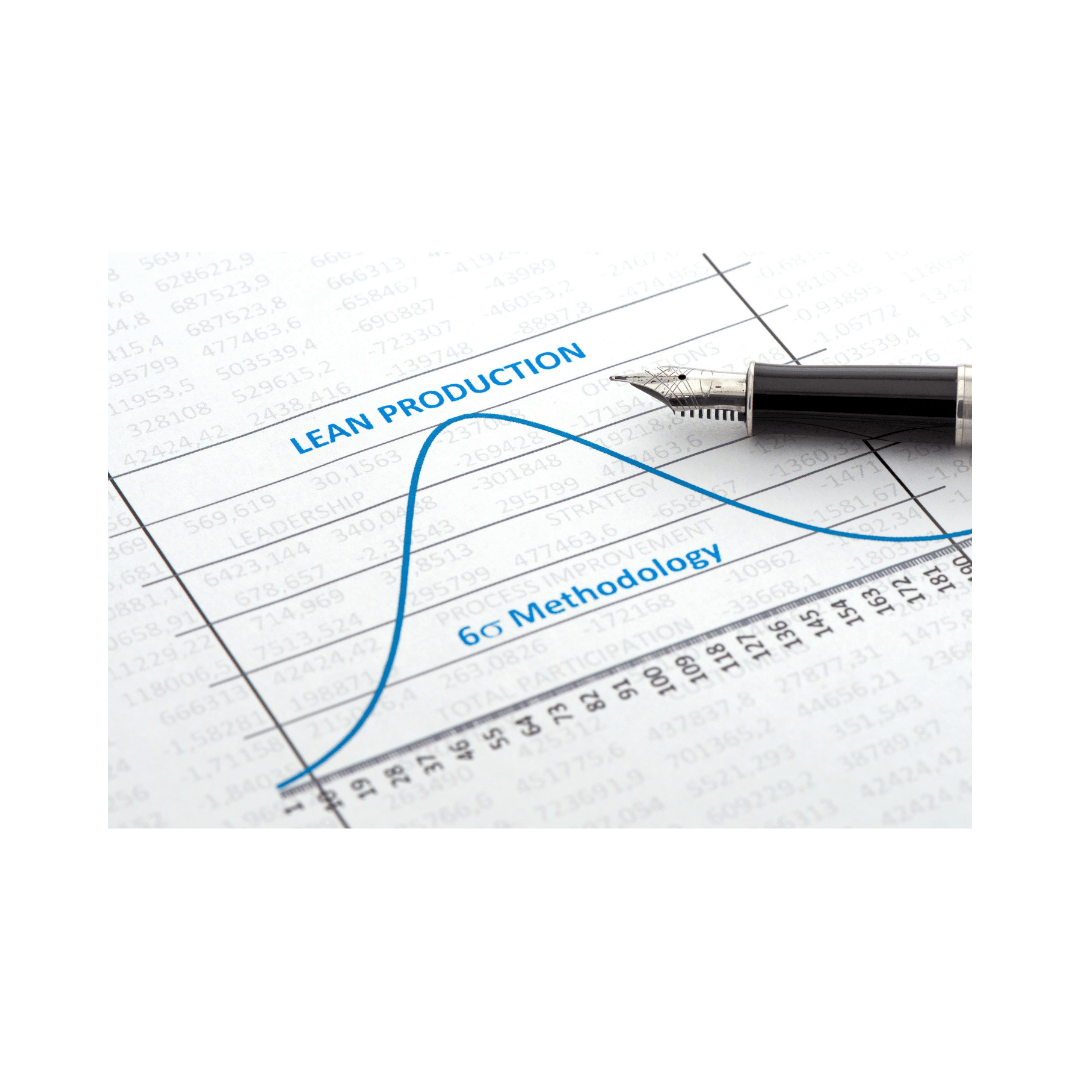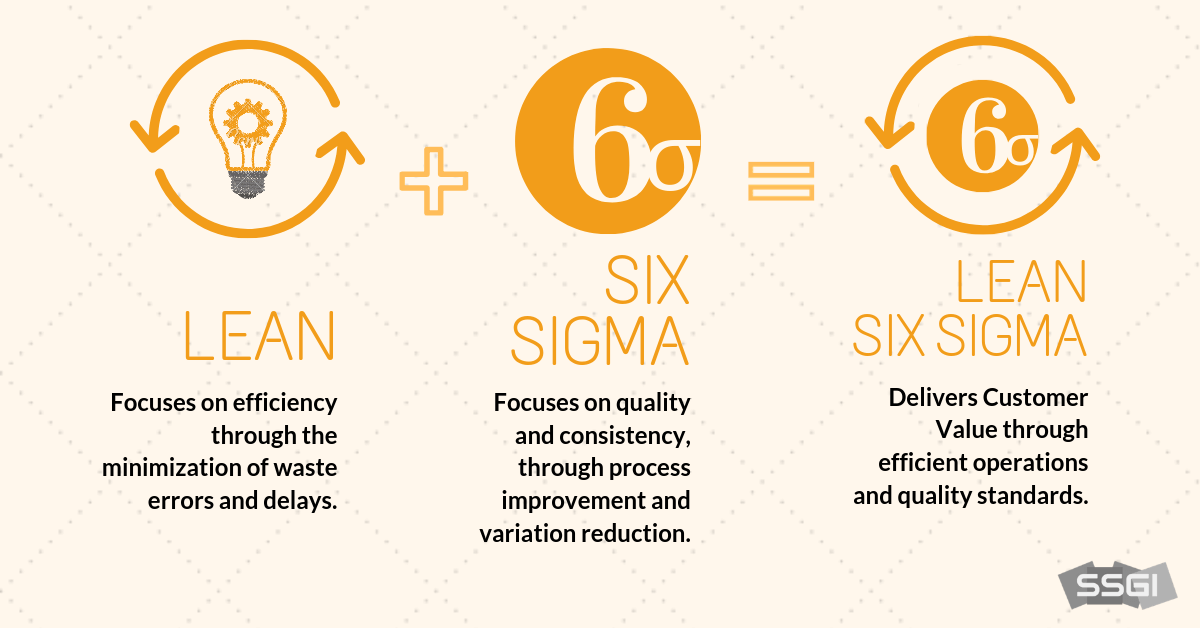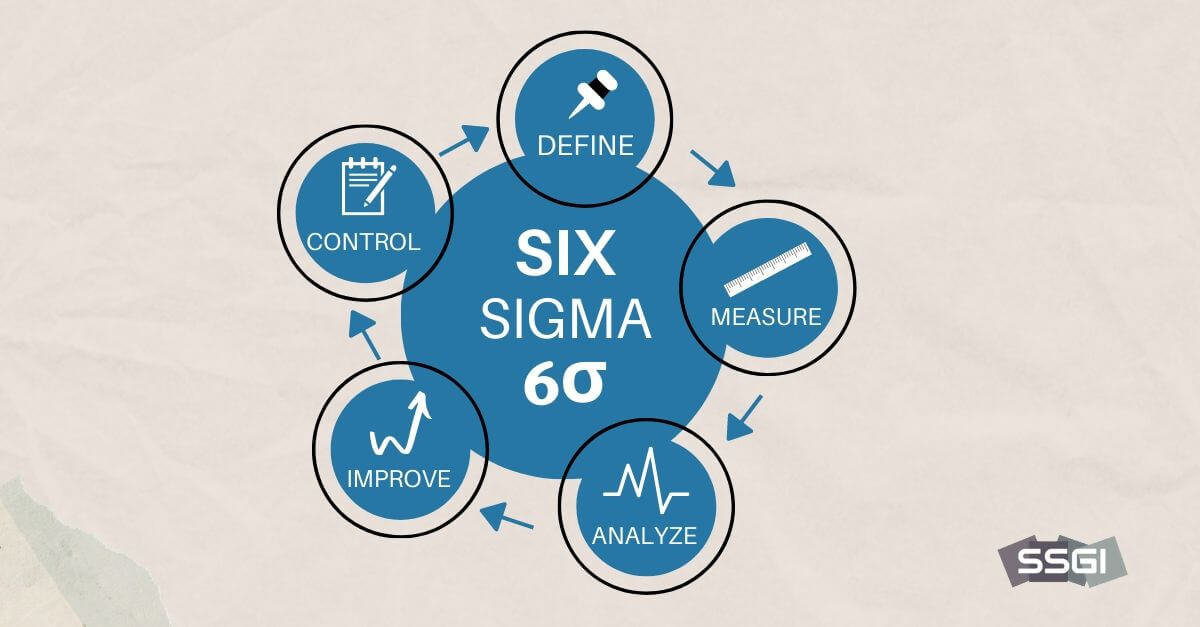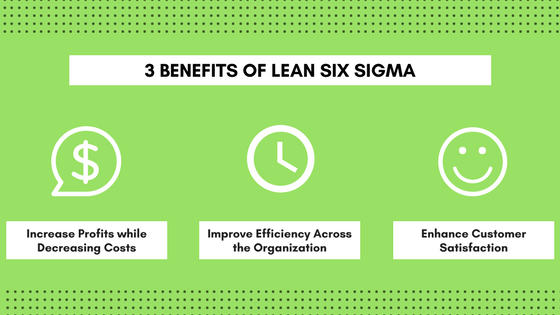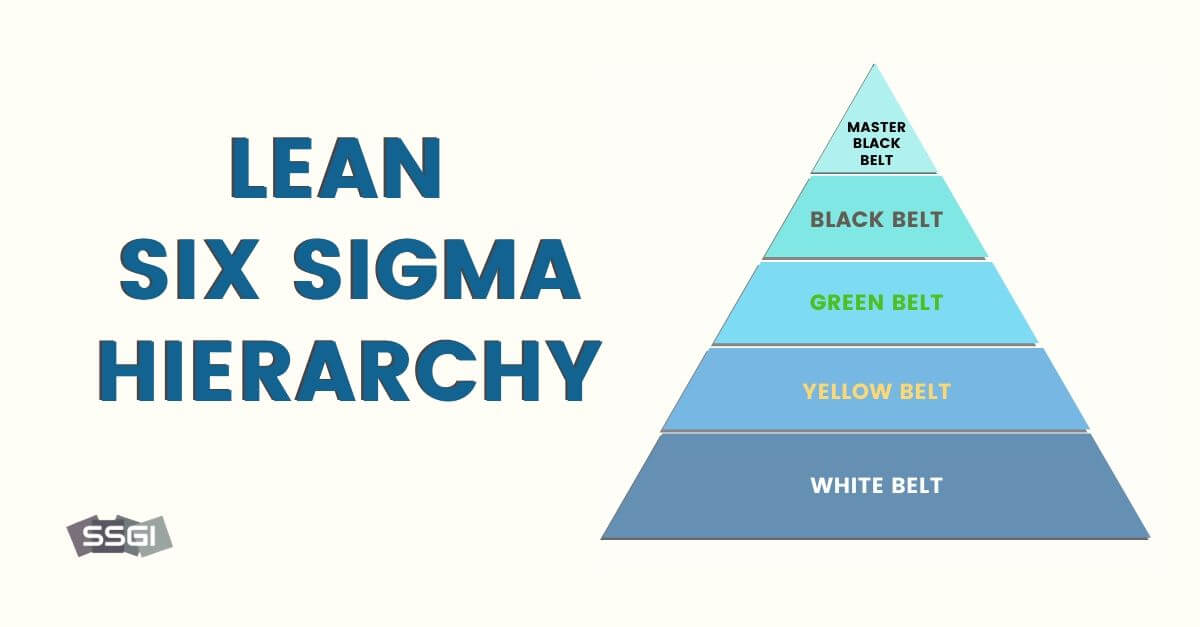Define
Objective: Clearly define the problem or improvement opportunity, set project goals, and establish the scope of the process to be addressed.
Outputs: Project charter, project scope, identification of key stakeholders, and a high-level view of the process.
Measure
Objective: Collect relevant data to understand the current state of the process, quantify its performance, and identify areas of improvement.
Outputs: Data collection plans, measurement system analysis, process maps, and baseline performance metrics.
Analyze
Objective: Analyze collected data to identify the root causes of issues, variations, or defects within the process.
Outputs: Root cause analysis, statistical analysis, cause-and-effect diagrams, and identification of critical process factors.
Improve
Objective: Develop and implement solutions to address the identified root causes, aiming to optimize and enhance the process.
Outputs: Implementation of process improvements, pilot testing, and validation of effectiveness.
Control
Objective: Establish controls and measures to ensure that the improvements are sustained over time and that the process remains within acceptable limits.
Outputs: Control plans, monitoring mechanisms, documentation of standard operating procedures, and ongoing performance tracking.
These steps, organized within the DMAIC framework, provide a structured and data-driven approach to process improvement. Lean Six Sigma emphasizes continuous improvement, and after completing the Control phase, organizations often loop back to the Define phase to identify new improvement opportunities and initiate the cycle again.
It’s important to note that Lean Six Sigma is not a one-size-fits-all approach, and organizations may customize the methodology based on their specific needs and industry requirements. Additionally, Lean Six Sigma projects are often led by trained professionals known as Green Belts or Black Belts, who apply statistical tools and techniques to guide the improvement initiatives.





